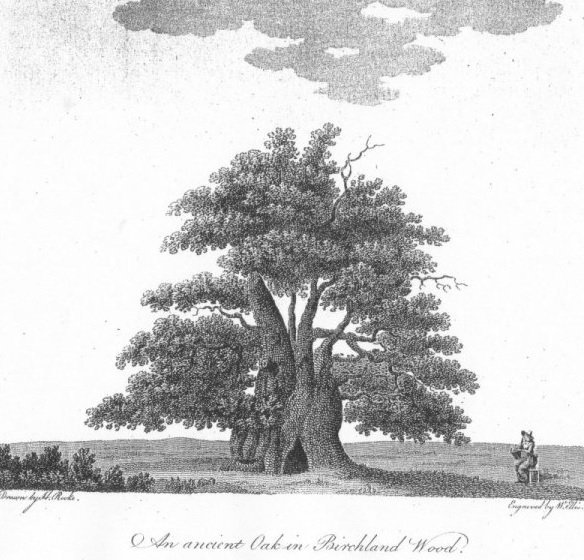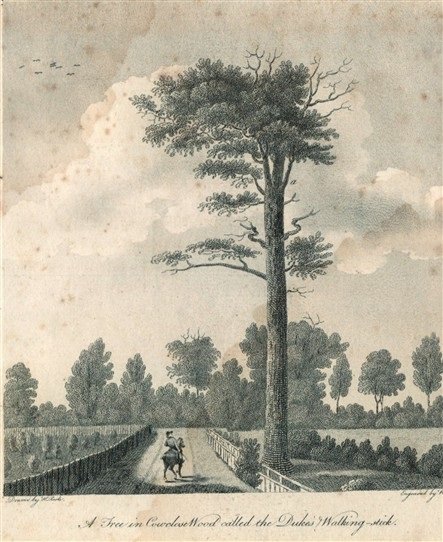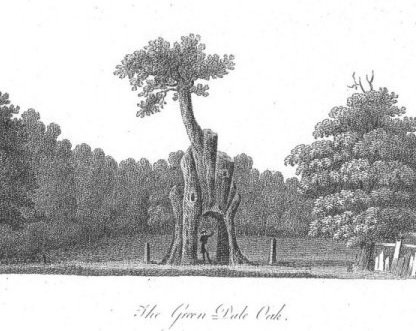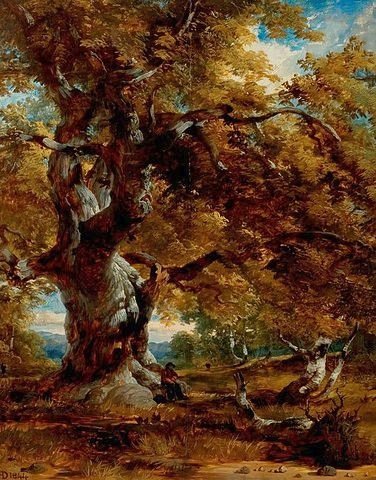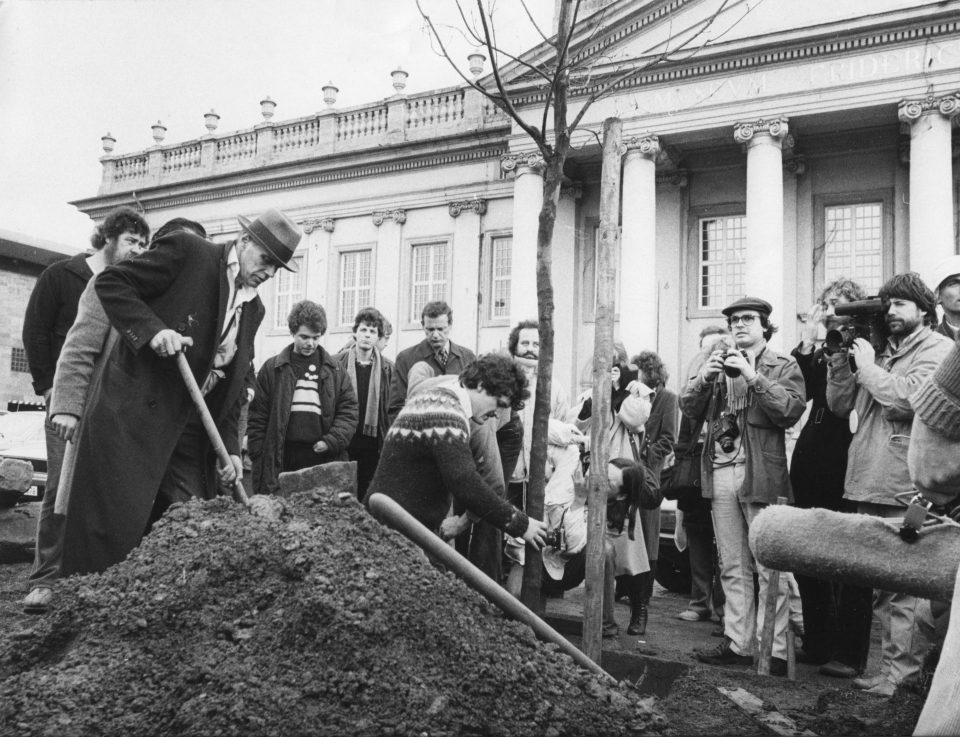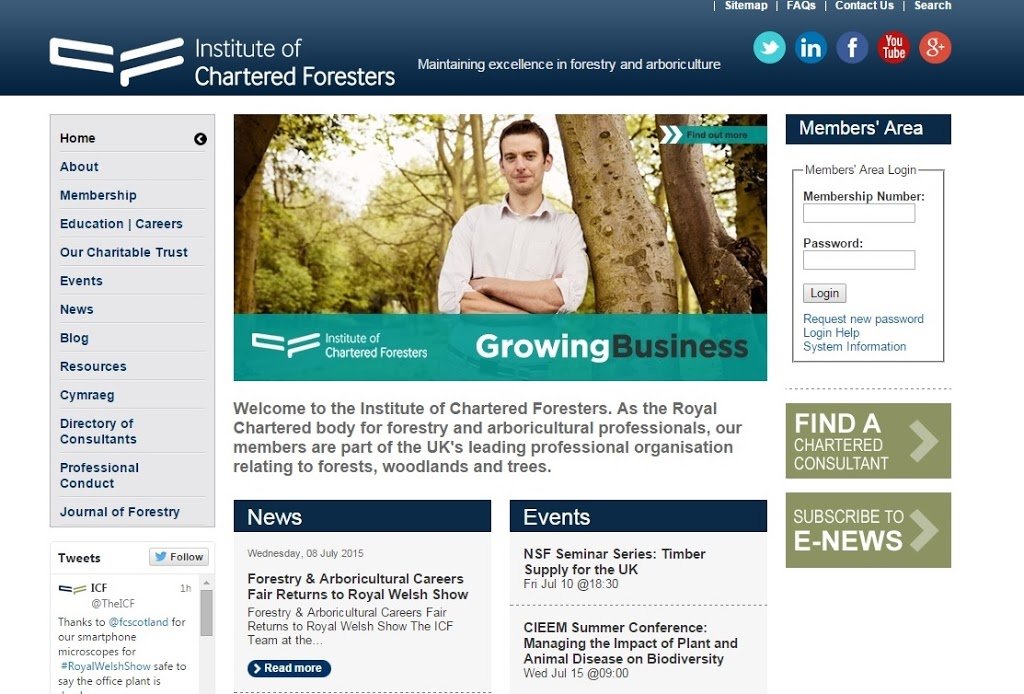
AWA Tree Consultants: Growing with the Institute of Chartered Foresters (ICF)
9th July 2015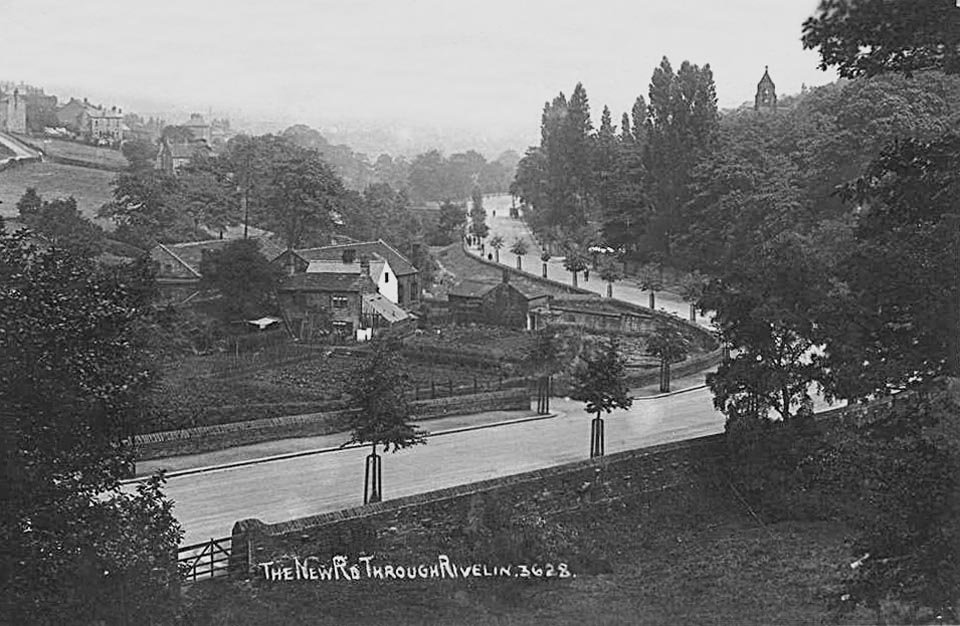
The Lime Trees of Rivelin
20th November 2015The Major Oak of Sherwood Forest

The Major Oak of Sherwood Forest attracts hundreds of thousands of visitors every year. It was recently the clear winner in England’s tree of the year competition. Yet, if it was not for the work of a retired local man, it would have been a different story. The tree would have remained just another Oak in Birchland Wood.
Mr Hayman Rooke was born in 1723 in London. After a military career, “Major” Rooke retired, to Mansfield Woodhouse in Nottinghamshire. In retirement Rooke studied antiquities, becoming a Fellow of the Society of Antiquarians. He also took an interest in local natural history, and was especially keen on the nearby old oak trees.
This interest in trees led Rooke to become friendly with the Duke of Portland, who agreed to fund a tree survey for the old oak trees around his estate. As a result of this, in 1790, Rooke published a book called ‘Description or Sketches of remarkable Oaks in Welbeck Park’. Then, in 1799, a pamphlet called ‘A sketch of the ancient and present state of Sherwood Forest’. Rooke was a skilled artist and the books contain wonderful illustrations of the trees.
The first tree mentioned is The Duke’s Walking Stick.
The Green Dale Oak was the most famous tree on the Duke’s estate and was the most discussed tree in the book.
Near the end of the book, Rooke introduces us to ‘a curious ancient oak’. What we now know as the famous Major Oak. At the time of his writing, the tree was known as The Queen’s Oak and had the local nick name of Cockpit Oak. Interestingly, although all the other trees drawn in the book have names, Rooke doesn’t refer to the tree by any name. He just titles the drawing ‘An Ancient Oak in Birchland Wood’. Given his local tree knowledge, it seems strange he didn’t know the trees name, so why didn’t he include it in the book?
It’s been suggested that “Major” Rooke could be found relaxing under the tree so often that locals began calling it “The Major’s Oak”. What is probably more significant is that readers of his book began visiting the area to see the trees he describes (during Victorian times, the Oak became a popular tourist destination). Because the tree was not named in the book, visitors would likely have referred to it as “The Major’s Oak.” It then became known simply as “The Major Oak”.
It is possible that not including the trees given name was deliberate, to give the impression Rooke ‘discovered’ the tree. Even so, full credit should be awarded to Rooke for the trees popularity. It was only following the publication of his book that the obscure “Queens Oak” began its journey to the most celebrated tree in England. Major Rooke died in 1806, but his legacy and passion for ancient trees lives on in the trees name.
1844 painting of The Major Oak by Henry Dawson
(One thing Major Rooke didn’t mention in his book was the oak trees’ association with Robin Hood. This was a more recent addition to the trees folklore, probably started by a shrewd Victorian tour guide. In truth, The Major Oak was only an acorn when Robin Hood and his Merry Men were gallivanting around Sherwood Forest.)


